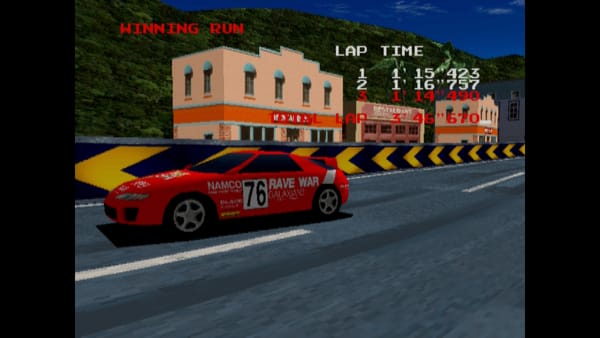I Recently Became A MISTer Guy, And Now I'm Going To Convince You To Become A MISTer Person
It's going to work, too
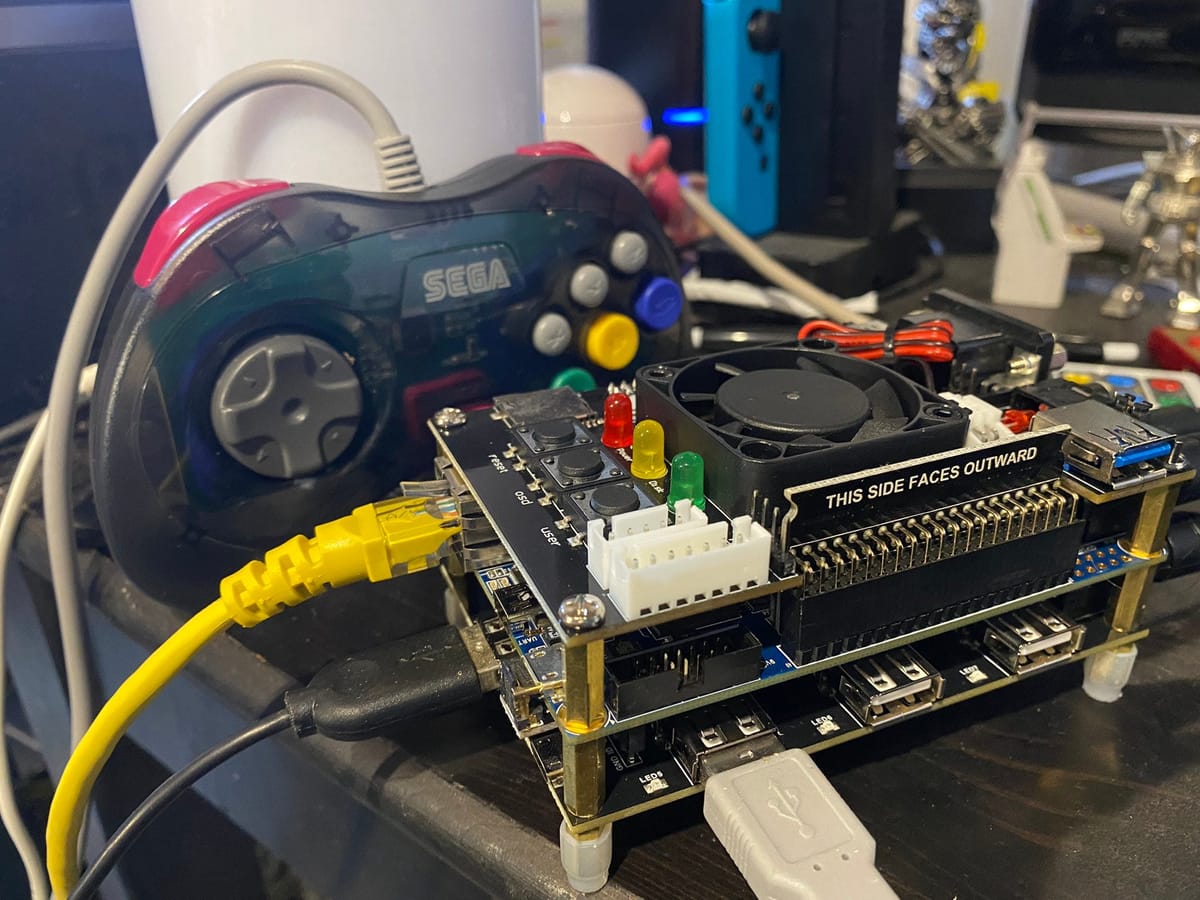
My buddy became a MISTer guy before I did, and now I’m a MISTer guy, and I think that pretty soon you’re gonna be a MISTer person too.
Every so often my friends and I get together at someone’s place and have a CRT Night with a couple of drinks and some vintage video games on real hardware. Maybe Time Crisis 2, maybe Asuka 120%, maybe Death Crimson. (The MODE is pretty remarkable.)
So my buddy shows up with this triple-decker sandwich of bare PCBs that he’s been talking up for weeks, the MISTer. To hear him tell it, it’s a magical do-it-all box. And he’s right.
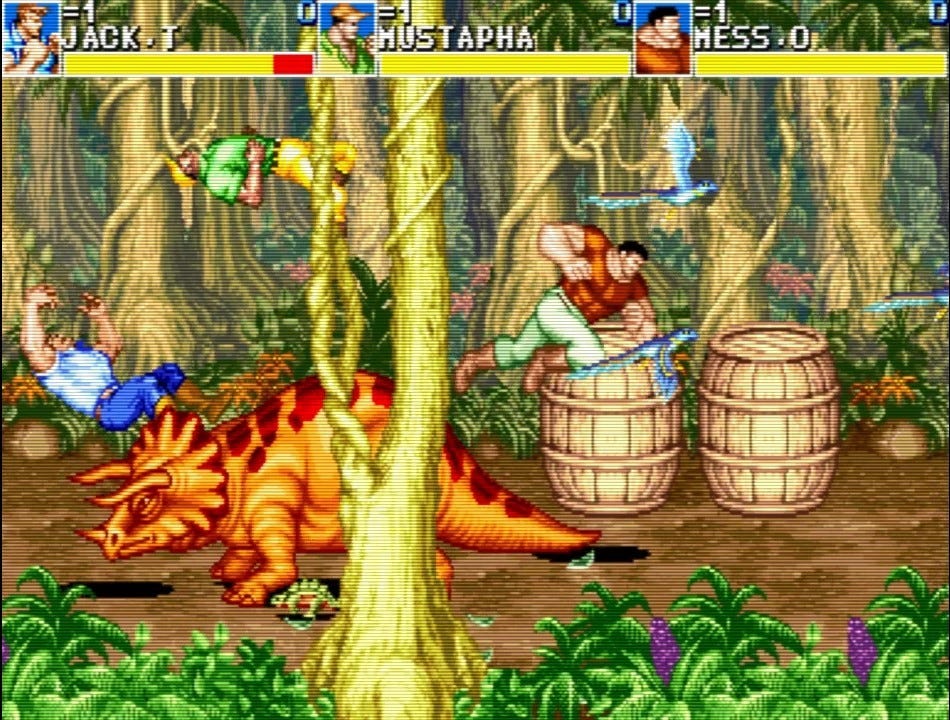
We plug it in, grab some controllers, and in a minute, three of us are running through Capcom’s 1992 beat-em-up Cadillacs and Dinosaurs in its entirety. Then F-Zero on the Game Boy Advance. Then casual matches in Vampire Savior. Then we start digging into the Wonderswan library. Name a piece of vintage game hardware (home computers too!) from before 2000, and the MISTer probably runs it.
It is lightning fast, it is effortless, and it works with every input device we throw at it. And on this old TV, the game experiences are indistinguishable from the originals. Even the speedy, demanding fighting of Vampire Savior feels exactly like it does on a genuine arcade cabinet. I decided that night that I really needed to get a MISTer. A few months later I folded and ordered the same all-in-one kit that my friend had gotten (currently sold out, but you can still buy the components and build it yourself).
(All you technically need to make a MISTer is a Terasic DE-10 Nano and a microSD card, but the aforementioned shop makes things very easy by throwing in all the accessories you’ll probably want for a full-service, console-style experience.)
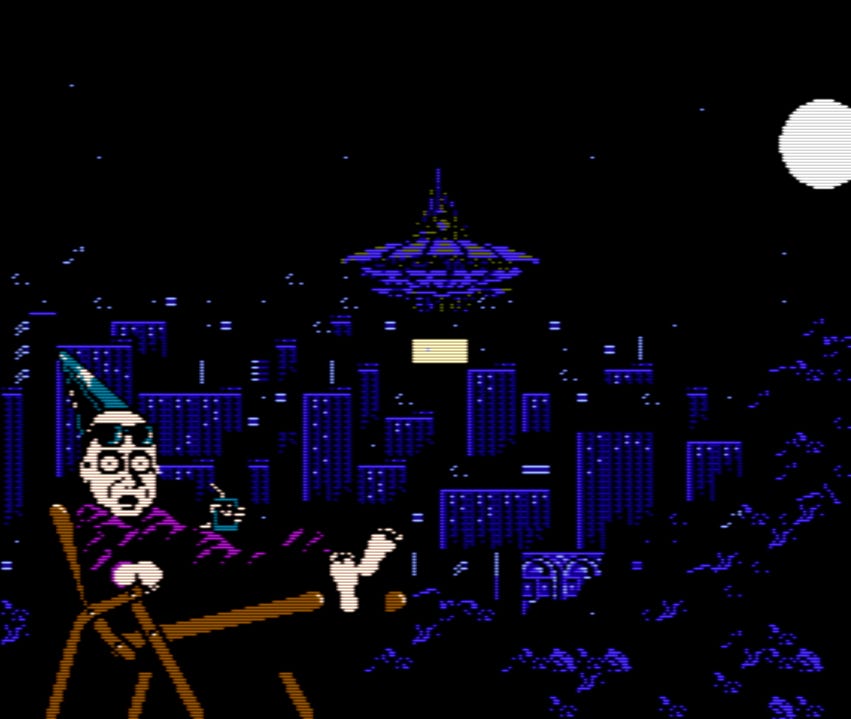
So what makes this machine different from running emulators on my PC, or a custom-build Raspberry Pi, or my novelty mini-consoles like the Mega Drive Mini? Don’t rely on me too much for tech explanations, but the MISTer uses its re-programmable FPGA chips to emulate old computers on a hardware level. When you load up a core (emulator) for the NES, for example, the MISTer doesn’t just “act like” a NES, it kind of turns into one.
This dedicated device gives you faster, more efficient and accurate emulation than your computer or your console are capable of. On an old CRT monitor, you won’t feel even the slightest touch of input lag. On an HDTV I’m getting two frames (1/30th sec) which by HDTV input lag standards is as fast as it gets. (It’s probably faster than my MAME cabinet…)1
It also isn’t limited to proprietary hardware like your console or mini-system is: I have a pile of USB retro controllers from my mini-systems, as well as arcade sticks, and I can use any of them on the MISTer, no questions asked. (I favor Retro-Bit’s Saturn pad for console and Sega’s Astro City Stick for arcade.)

Really, the magic of the MISTer is usability. Initial setup takes slightly more technical knowledge than a conventional console would, and rom-finding is always an adventure— I suggest a certain website which archives the internet— but once you’re done, it’s smooth sailing. The system menus are text: all business, no flash. You can boot the system and a game in ten seconds. 2
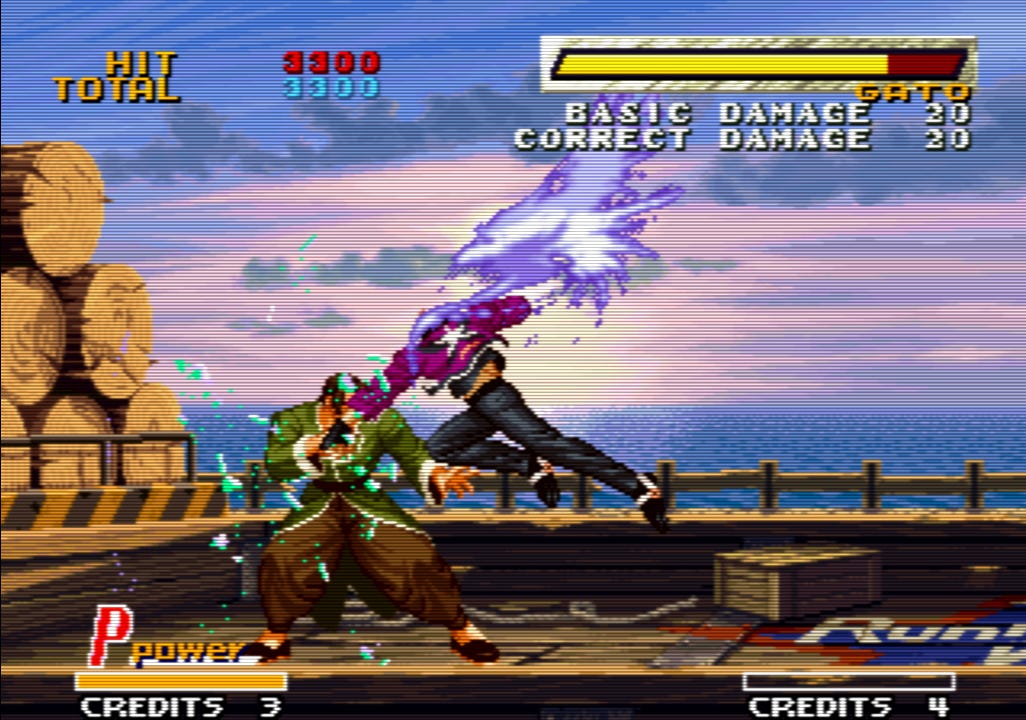
When I used to mess around with emulators, you could spend more time keeping your setup up to date than actually playing video games. Not so on the MISTer; load the right scripts and you’ll be able to auto-update it every week with everything the community has been working on. Particularly for arcade games, someone has to create an accurate core for every single piece of hardware, so it’s a work in progress. But CPS2 (not CPS3, probably never) and Neo-Geo are done, so if you’re an old fighting game head, your heaven is already here.
You do, of course, have the “pile of ROMs” issue that comes with downloading full emulator sets. Emulation with full ROM sets is like being that guy in the Twlight Zone episode left alone in the last, biggest library on Earth. Of course it’s awesome— provided you can keep your reading glasses in good shape— but staring down a text list of thousands of video games is also overwhelming, and sometimes I feel myself fall into the rut of channel-surfing video games instead of playing them.
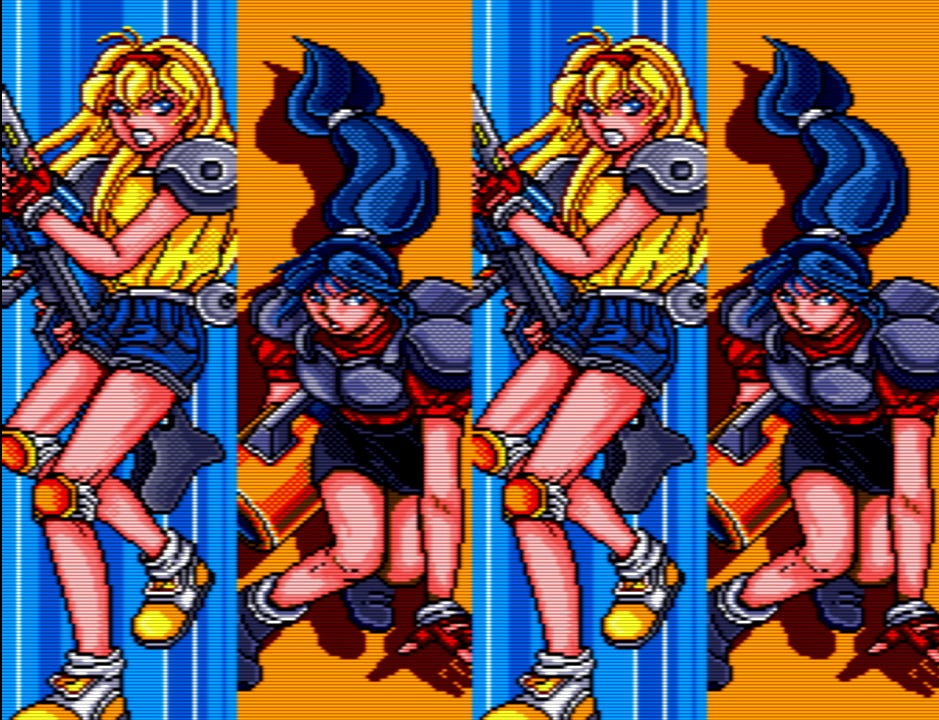
To this end, the MISTer ROM lists do have some community curation: you can choose from “best-of” and recommendation lists taken from retro and collector websites. The recommendations are pretty spot-on, and no matter how experienced you are with the 80s and 90s consoles, there’s definitely some stuff in the libraries you’ve never played.
(Don’t tell anyone, but an upcoming subscriber feature for this blog will consist of my recommendations as I traverse the world of my MISTer lists. You could use the games screenshotted here as a jumping-off point!)
The other really cool thing about the MISTer that you get ease of use and the chance to tinker; this is a project by and for detail-oriented people, after all. Do you like playing with options? There are about a million screen display options, from pixel smoothing (though you really shouldn’t) to CRT simulation where you can choose scanlines, no scanlines, how many scanlines you want on the screen, pixel blending, everything to create an ideal retro TV image on your modern display.
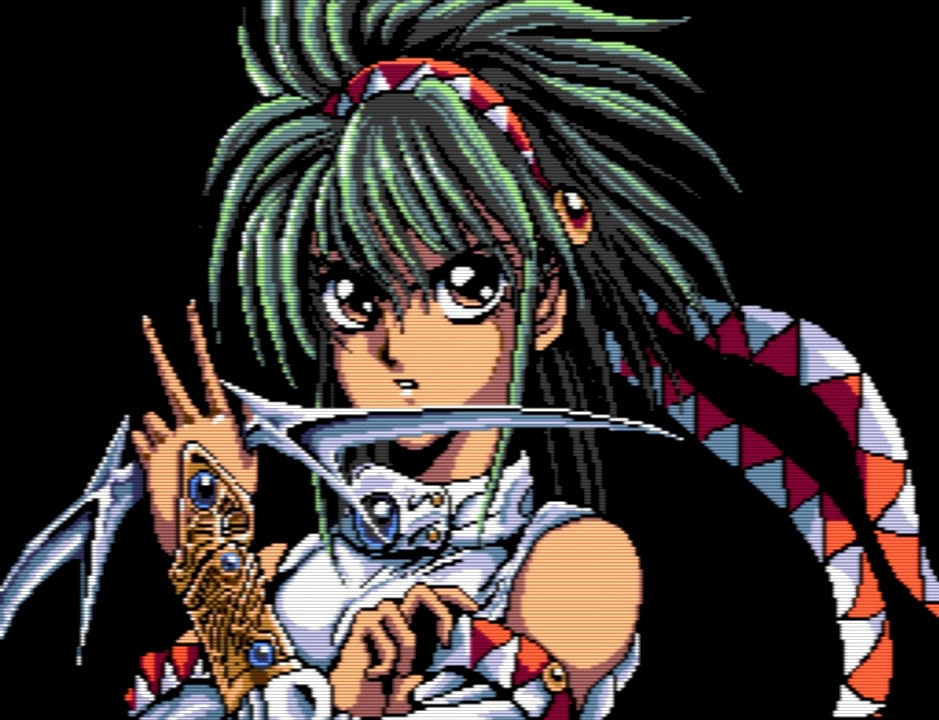
It’s up to you, of course, but I recommend taking a look at @crtpixels on Twitter for a demonstration of the way that pixel artists in the 80s and 90s used the characteristics of old TV displays to create more beautiful art. The screenshots throughout this piece use the Composite Scan filter with scanlines set to 50%.
My MISTer is my favorite toy in I don’t know how long. It’s got the usability and accessibility of a console, along with the expandability and customizability of a community project. It’s just perfect, and I can’t wait to put it mine in a little aluminum box so it can truly take its place as my other console (containing within it 20 other consoles).
The controller and input lag issues are a big deal for retro games, particularly action and fighting. Play a modern port of a Mega Man, Ninja Gaiden, or other game that calls for fast reactions, and you might feel slower than you used to be back in the day. This isn’t just you getting old!
HDTVs, modern consoles, and even your wireless controller have some inherent input lag. New action games are designed around this; old games are designed for the instantaneous reactions of old hardware. Even a tenth of a second of lag is actually a pretty big deal in a lot of these games, especially the fighters. Two frames is not zero, but even hardcore tournament-level pros will settle for it.
(One family Christmas, I had the misfortune of playing an Atari 2600 Flashback connected via composite cables to an HDTV with low-quality wireless controllers. You can feel these factors stack to make a game unplayable. Try it yourself sometime.) ↩
(Here is my ethical stance on ROMs and emulation: If something is out of print and only available second-hand, it’s not like I can pay the original devs anyway. I emulated Dracula X and Radiant Silvergun long before I was able to buy modern ports of them. If I’ve bought a game a hundred times (like the Capcom and SNK fighting game libraries), you bet your ass I’m going to take advantage of the ROMs.
By the same token, I believe that having everything gives you something of an obligation— if you have the means— to support the community and original creators working on official releases of retro games. Gleylancer is out on PS4 and Switch with an incredible CRT filter. Mad Stalker, a superb robot beat-em-up, is being released on Genesis cart by the people who made it. Hamster does excellent work in their Arcade Archives series. The list goes on.) ↩
